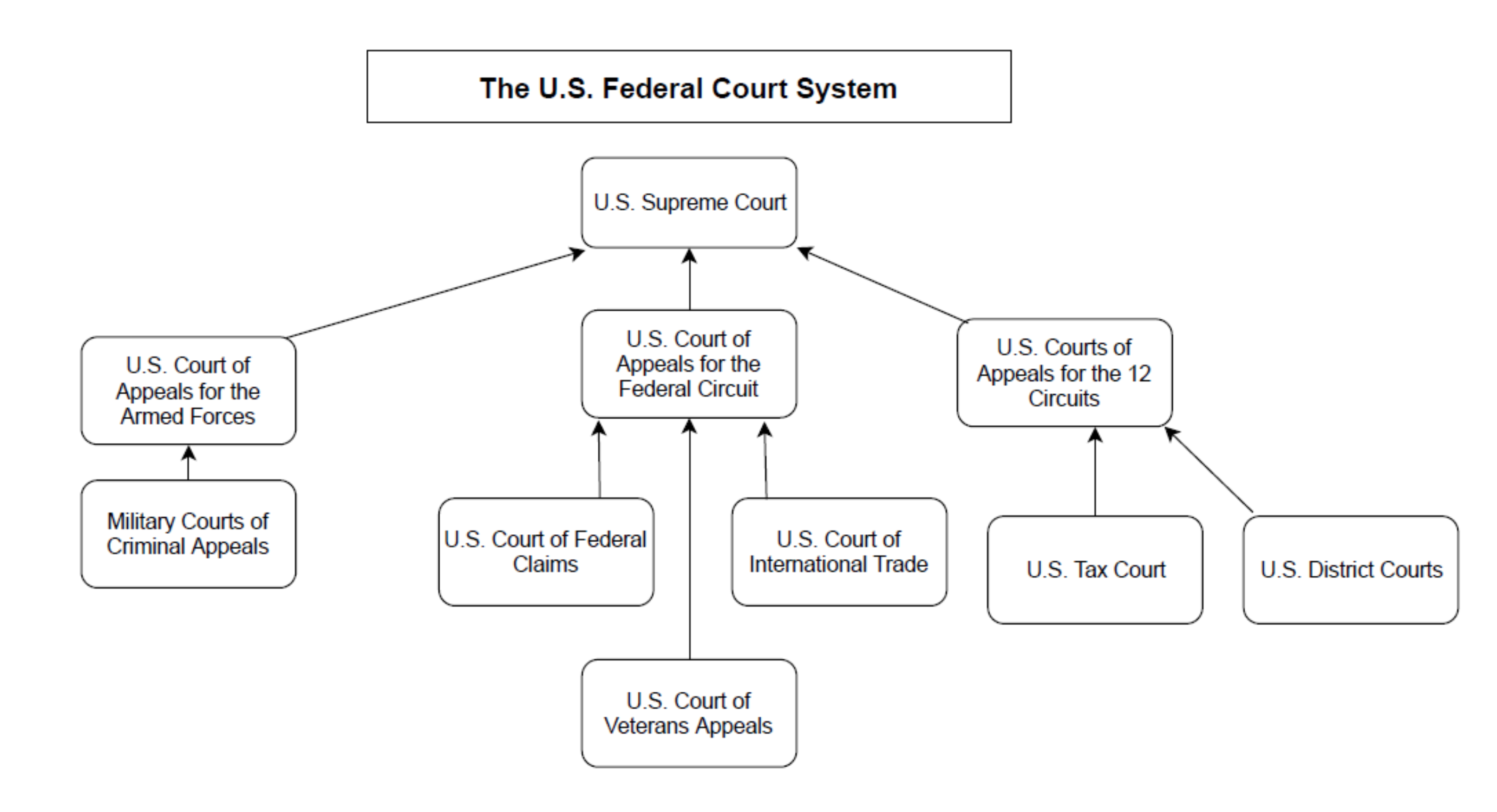


Need research or homework help and cannot come to the library? No problem! Type your question in the chatbox below, call the reference desk, send a text, or email and a library professional will respond to you shortly after, during our normal hours. If you submit your question outside of regular hours, we will respond as soon as possible when we return the following business day. Our subject-specific research and study guides can be very helpful,l as well.
Check out our list of reference faculty and staff if you have a subject-specific question and want to contact a librarian directly, who also often respond even after the regular chat and text hours. However, this is not guaranteed. The faculty and staff at CSU Libraries can be fairly flexible in meeting you virtually or one-on-one to assist you in your academic goals and pursuits.
When a court renders a decision in a matter, it may write an opinion of that decision that explains its ruling. Court opinions can provide researchers with the court’s interpretation of statutes and regulations, and their application to a set of facts. Depending on the circumstances, these opinions can also make new laws. In common law matters not covered by statutes or regulations, case law is the only source of primary legal authority.*
*From the Georgia State University Georgia Legal Research Guide
From the Ballotpedia entry for Courts in Georgia
Appeals from these districts go to the 11th Circuit.
Columbus, GA Court Websites and Functions

Federal courts have jurisdiction over cases involving:
For instance, a claim by an individual to receive money under a federal government program such as Social Security, a claim by the government that someone has violated federal laws, or a challenge to actions taken by a federal agency might all be heard in federal court.
In contrast, most family law matters are addressed in state court, since federal court jurisdiction granted by the U.S. Constitution does not include this area of law.
Few cases wind up in federal trial court, also called U.S. District Court. Judges encourage parties involved in a dispute to reach an agreement and avoid the expense and delay of a trial.
The impact of the federal courts on our lives is best known by landmark Supreme Court cases and other federal court cases that show the judicial branch is significant to the way we live and the rights we have.*
*From the About Federal Courts page
This section of uscourts.gov provides statistical data on the business of the Federal Judiciary. Specific publications address the work of the appellate, district, and bankruptcy courts; the probation and pretrial services systems; and other components of the U.S. courts.
The Federal Court System |
The State Court System |
|
Article III of the Constitution invests the judicial power of the United States in the federal court system. Article III, Section 1 specifically creates the U.S. Supreme Court and gives Congress the authority to create the lower federal courts. |
The Constitution and laws of each state establish the state courts. A court of last resort, often known as a Supreme Court, is usually the highest court. Some states also have an intermediate Court of Appeals. Below these appeals courts are the state trial courts. Some are referred to as Circuit or District Courts. |
|
Congress has used this power to establish the 13 U.S. Courts of Appeals, the 94 U.S. District Courts, the U.S. Court of Claims, and the U.S. Court of International Trade. U.S. Bankruptcy Courts handle bankruptcy cases. Magistrate Judges handle some District Court matters. |
States also usually have courts that handle specific legal matters, e.g., probate court (wills and estates); juvenile court; family court; etc. |
|
Parties dissatisfied with a decision of a U.S. District Court, the U.S. Court of Claims, and/or the U.S. Court of International Trade may appeal to a U.S. Court of Appeals. |
Parties dissatisfied with the decision of the trial court may take their case to the intermediate Court of Appeals. |
|
A party may ask the U.S. Supreme Court to review a decision of the U.S. Court of Appeals, but the Supreme Court usually is under no obligation to do so. The U.S. Supreme Court is the final arbiter of federal constitutional questions. |
Parties have the option to ask the highest state court to hear the case. |
|
Only certain cases are eligible for review by the U.S. Supreme Court. |
The Federal Court System |
The State Court System |
|
The Constitution states that federal judges are to be nominated by the President and confirmed by the Senate. They hold office during good behavior, typically, for life. Through Congressional impeachment proceedings, federal judges may be removed from office for misbehavior. |
State court judges are selected in a variety of ways, including
|
The Federal Court System |
The State Court System |
|
State courts are the final arbiters of state laws and constitutions. Their interpretation of federal law or the U.S. Constitution may be appealed to the U.S. Supreme Court. The Supreme Court may choose to hear or not to hear such cases. |
*Tables copied from Comparing Federal & State Courts - United States Federal Courts
 The Columbus Courthouse, which was built in 1934, is a 3-story building located at the corner of 12th Street and Second Avenue. The building houses the U.S. District Court, U.S. Marshal, U.S. Probation, and U.S. Post Office. The Columbus division serves Chattahoochee, Clay, Harris, Marion, Muscogee, Quitman, Randolph, Stewart, Talbot, and Taylor counties. The U.S. District Court is comprised of five divisions encompassing seventy counties in the state of Georgia with offices in Athens, Albany, Columbus, Macon, and Valdosta.
The Columbus Courthouse, which was built in 1934, is a 3-story building located at the corner of 12th Street and Second Avenue. The building houses the U.S. District Court, U.S. Marshal, U.S. Probation, and U.S. Post Office. The Columbus division serves Chattahoochee, Clay, Harris, Marion, Muscogee, Quitman, Randolph, Stewart, Talbot, and Taylor counties. The U.S. District Court is comprised of five divisions encompassing seventy counties in the state of Georgia with offices in Athens, Albany, Columbus, Macon, and Valdosta.
Street Address:
120 12th Street
Columbus, GA 31902
Mailing Address:
U.S. Post Office & Court House
PO Box 124
Columbus, GA 31902
706-649-7816 (voice)
706-649-7790 (fax)
columbus.ecf@gamd.uscourts.gov
| U.S. District Courts | U.S. District Courts |
|---|---|
| Georgia Middle Georgia Northern Georgia Southern |
Georgia Middle Georgia Northern Georgia Southern |
 Georgia Southern District Court
Georgia Southern District Court Tomochichi United States Courthouse (Headquarters)
125 Bull Street
Savannah, GA 31401
| U.S. District Courts | U.S. District Courts |
|---|---|
| Georgia Middle Georgia Northern Georgia Southern |
Georgia Middle Georgia Northern Georgia Southern |
 All of the Northern District of Georgia Federal courts.
All of the Northern District of Georgia Federal courts.
The Northern District of Georgia was established by Congress in 1849 and consists of forty-six counties (14,258 square miles) in the northwestern part of the state. The district, which includes the Atlanta metropolitan area, has four divisions: Atlanta, Gainesville, Newnan, and Rome.
| U.S. District Courts | U.S. District Courts |
|---|---|
| Georgia Middle Georgia Northern Georgia Southern |
Georgia Middle Georgia Northern Georgia Southern |
 Middle District Court of Alabama (Headquarters) - Montgomery, AL
Middle District Court of Alabama (Headquarters) - Montgomery, AL
The United States District Court for the Middle District of Alabama is one of Alabama’s three judicial districts. The Alabama Middle District covers 23 counties in the central and southeastern parts of the state, and these 23 counties are further segmented into three divisions.
A courthouse is located in each division. The courthouse chosen for a court session depends on a number of factors, including the defendant’s place of residence or the number of defendants. The location may also be selected based on where the incident occurred.
Home to the Frank M. Johnson Jr U.S. Courthouse Complex, Montgomery is the seat of the ALMD Northern Division. The following counties are included in this division: Autauga, Barbour, Bullock, Butler, Chilton, Coosa, Covington, Crenshaw, Elmore, Lowndes, Montgomery, and Pike.
*From the About the Courthouse section
| U.S. District Courts | U.S. Bankruptcy Courts |
|---|---|
| Alabama Middle Alabama Northern Alabama Southern |
Alabama Middle Alabama Northern Alabama Southern |
For decades, print case reporters were the only source attorneys used to access published case law. While more researchers are accessing case law online, it is still important to understand print case reporters. Only Georgia Supreme Court and Court of Appeals opinions designated for publication in a reporter will be the binding authority in Georgia.
There are four case reporters that publish Georgia court opinions: Georgia Reports, Georgia Appeals Reports, South Eastern Reporter, and Georgia Cases.
Georgia Reports (Ga.) is the official reporter of the Supreme Court of Georgia opinions and includes all published opinions since 1846.
Georgia Appeals Reports (Ga. App) is the official reporter of Georgia Court of Appeals opinions and includes all published opinions since 1907.
The South Eastern Reporter (S.E.) is a regional reporter published by Thomson West, which includes Georgia appellate opinions, along with appellate opinions from North Carolina, South Carolina, Virginia, and West Virginia. While this is an unofficial reporter of Georgia Supreme Court and Court of Appeals opinions, researchers may find these reporters more useful than the official versions because they include headnotes with references to the West Topic and Key Number system. The South Eastern Reporter (S.E.) is currently in its second series, the South Eastern Reporter, 2nd. (S.E.2d).
Georgia Cases (S.E.) is a Thomson West reporter that includes only Georgia cases published in the South Eastern Reporter (S.E.). This is a useful set for researchers who only need access to Georgia appellate opinions, and also want to take advantage of West headnotes and references to the West Topic and Key Number system. Georgia Cases (S.E.) utilizes the same citation system as the South Eastern Reporter (S.E.), and is also in its second series, Georgia Cases, 2nd. (S.E.2d).*
Perform keyword searches for Georgia appellate cases. Coverage: 1950 - present
Slip opinions from the Supreme Court of Georgia.
Status information, opinions, and orders from the Georgia Court of Appeals.